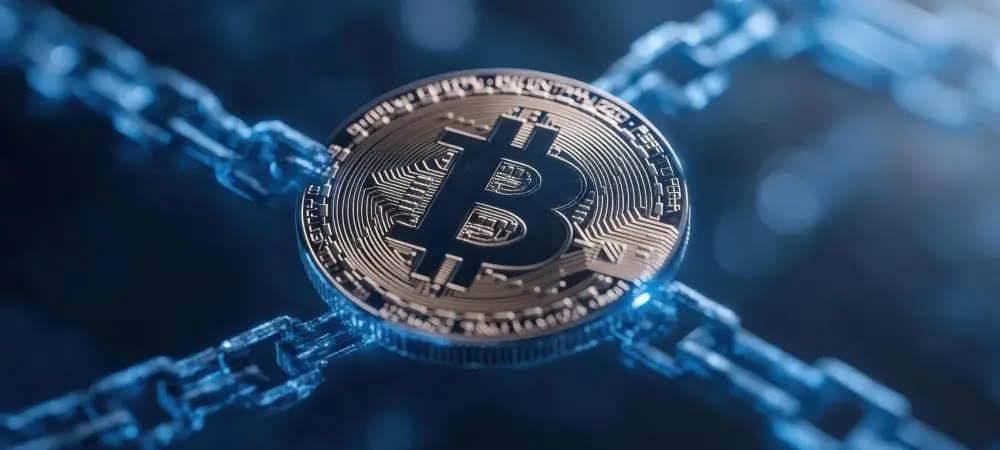The potential of blockchain technology to overhaul traditional asset management practices has become increasingly evident with the innovative strides made by entities like Ondo Finance. By tokenizing its OUSG (Ondo Short-Term US Government Treasuries) on the XRP Ledger, Ondo Finance highlights a pioneering integration of blockchain capabilities with traditional finance frameworks. This initiative not only amplifies the accessibility of institutional-grade Real World Assets (RWAs) on blockchain but also signifies an evolving trust in blockchain’s role within financial sectors. With over $670 million in Total Value Locked (TVL), OUSG stands as a colossal tokenized treasury offering. The adoption of blockchain, spearheaded by firms such as BlackRock and Franklin Templeton, indicates a growing trend where traditional finance sees significant value in the security and efficiency blockchain presents. Investors, both institutional and retail, are now witnessing a shift towards more transparent, cost-effective, and streamlined forms of managing financial assets. Conversations in financial circles increasingly revolve around the seamless experience offered by blockchain technologies—instantaneous transactions, lower fees, and daily interest payouts, as showcased by OUSG, form a compelling case for further exploration into blockchain’s uses.
The Technological Edge: Driving Efficiency and Transparency
The transformation in asset management lies in blockchain’s unparalleled ability to push for more transparent and efficient operations. One of the standout features of OUSG is its emphasis on lower fees, real-time transactions, and daily interest disbursements that blockchain facilitates. A significant portion of OUSG’s assets are harbored within the BlackRock USD Institutional Digital Liquidity Fund, showcasing alignment with notable financial titans like Franklin Templeton and Wellington Management. This association underscores blockchain’s capacity to forge collaborations between technology firms and financial heavyweights, elevating the status of tokenized offerings in the global market. Furthermore, Ondo Finance’s move to the XRPL blockchain provides a robust platform with no time restrictions on transactions. By utilizing RLUSD as a stable settlement asset, it underscores XRPL’s capability as a compliance-ready infrastructure—an aspect crucial for institutional investors seeking reliable and secure transactional frameworks. Such innovations indicate that blockchain can indeed offer the kind of predictable and secure environment that is often crucial for large-scale financial activities and transactions, adding to the gravity of its transformative potential in asset management sectors.
Strategic Alliances and the Future Landscape of Tokenization
In advancing the tokenization agenda, Ondo Finance launched Ondo Chain, a Layer-1 blockchain, creating lucrative opportunities for both the blockchain realm and traditional financial institutions. This platform aims to bridge the transparency of public chains like Ethereum with the intricate requirements of financial markets, making it a compelling proposition for those invested in transformative financial technologies. Strategic alliances, such as the partnership with World Liberty Financial (WLFI)—a DeFi protocol backed by the Trump family—highlight the ongoing trend of collaboration between diverse financial entities. By introducing tokenized assets like OUSG and USDY into WLFI’s network, the efforts mark a concerted push towards the broader acceptance and integration of RWAs in global financial systems. Such alliances represent a fusion of traditional values with avant-garde technology, paving the way for hybrid financial landscapes that leverage the strengths of both paradigms. The emerging consensus is clear: blockchain can catalyze a metamorphosis in financial operations by enhancing accessibility, transparency, and overall efficiency.
Navigating Challenges and Embracing Opportunities
While the integration of blockchain into traditional asset management demonstrates substantial promise, it comes with its set of challenges and learning curves. The regulatory landscape remains a paramount concern, as existing frameworks often lag behind technological advancements, creating potential hurdles for widespread adoption. Regulatory bodies globally face the task of defining comprehensive guidelines that balance innovation with security and compliance needs. Additionally, educating investors and stakeholders about the intricacies and potential risks associated with tokenized assets is vital. Clarity on how blockchain ensures secure transactions, along with its best practices, will play a critical role in shaping trust and acceptance. Nevertheless, the symbiotic relationship between blockchain technology and traditional finance, as highlighted by initiatives such as those by Ondo Finance, suggests a backdrop rich with opportunities for those ready to pioneer the integration of these two arenas. As the market matures, the potential for blockchain to redefine how assets are managed, traded, and secured remains an exciting frontier for exploration and investment.
Realizing the Transformation of Asset Management
Blockchain technology is reshaping traditional asset management, highlighted by Ondo Finance’s innovative moves. By tokenizing its OUSG (Ondo Short-Term US Government Treasuries) on the XRP Ledger, Ondo Finance exemplifies the groundbreaking fusion of blockchain with established financial models. This approach boosts access to institutional-grade Real World Assets on blockchain, marking a growing trust in blockchain’s financial significance. OUSG, with over $670 million in Total Value Locked, represents a substantial tokenized treasury venture. As big-name firms like BlackRock and Franklin Templeton embrace blockchain, it’s clear traditional finance recognizes blockchain’s security and efficiency. Investors, both institutional and retail, are experiencing a trend toward more transparent, cost-effective management of financial assets. Conversations center around the benefits blockchain technologies offer, such as instant transactions, reduced fees, and daily interest payouts showcased by OUSG, underscoring the growing interest in blockchain’s potential applications.

